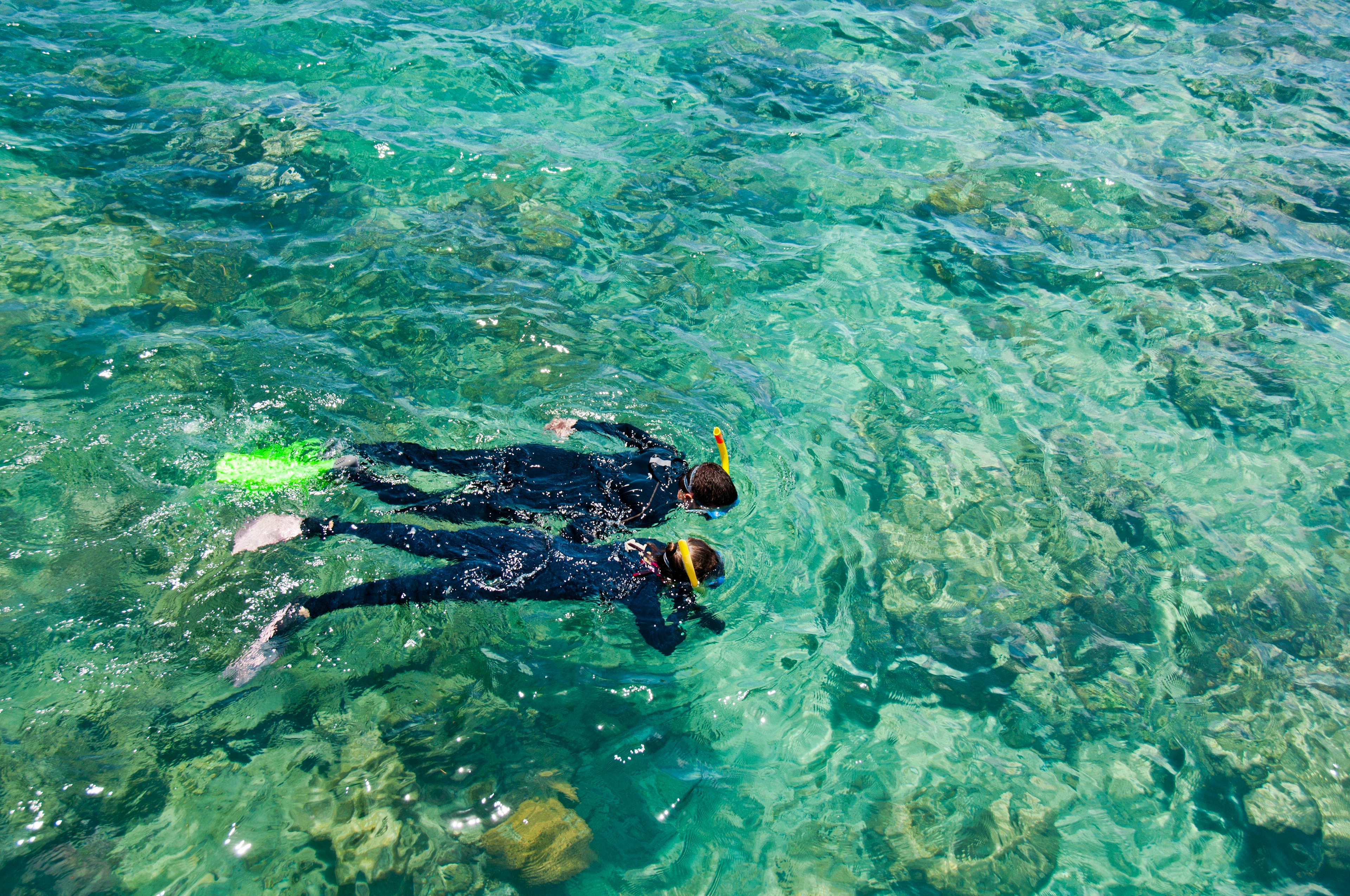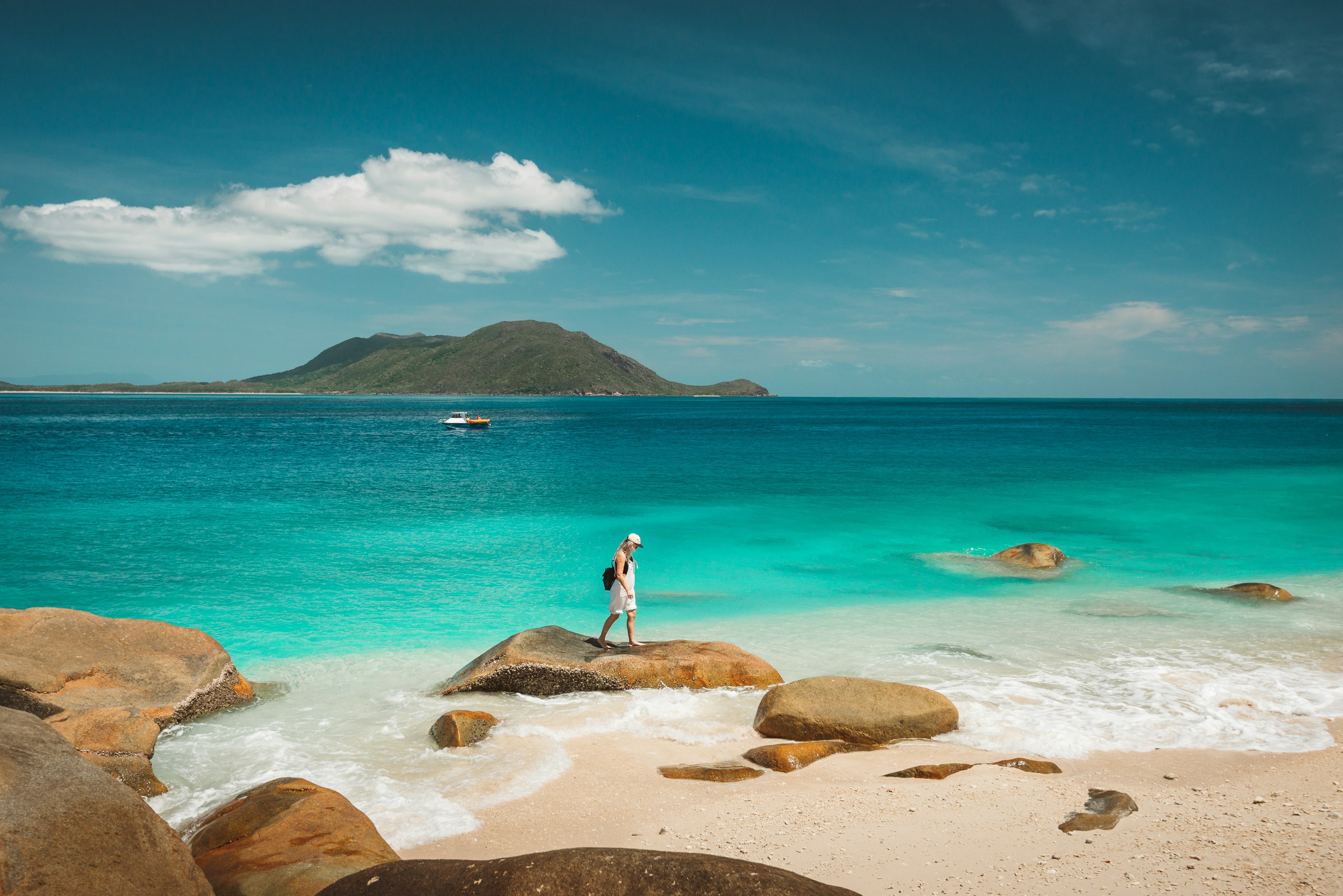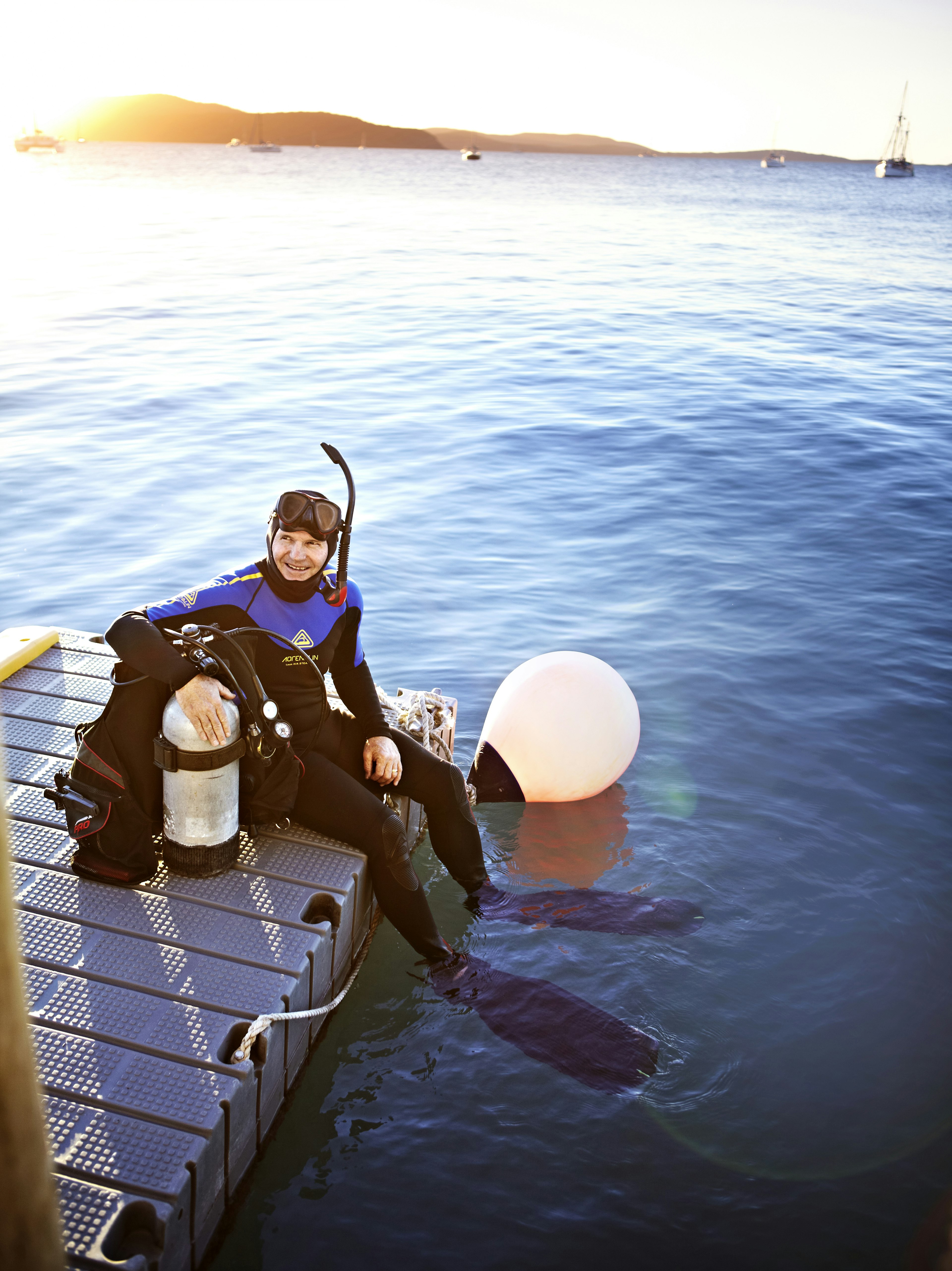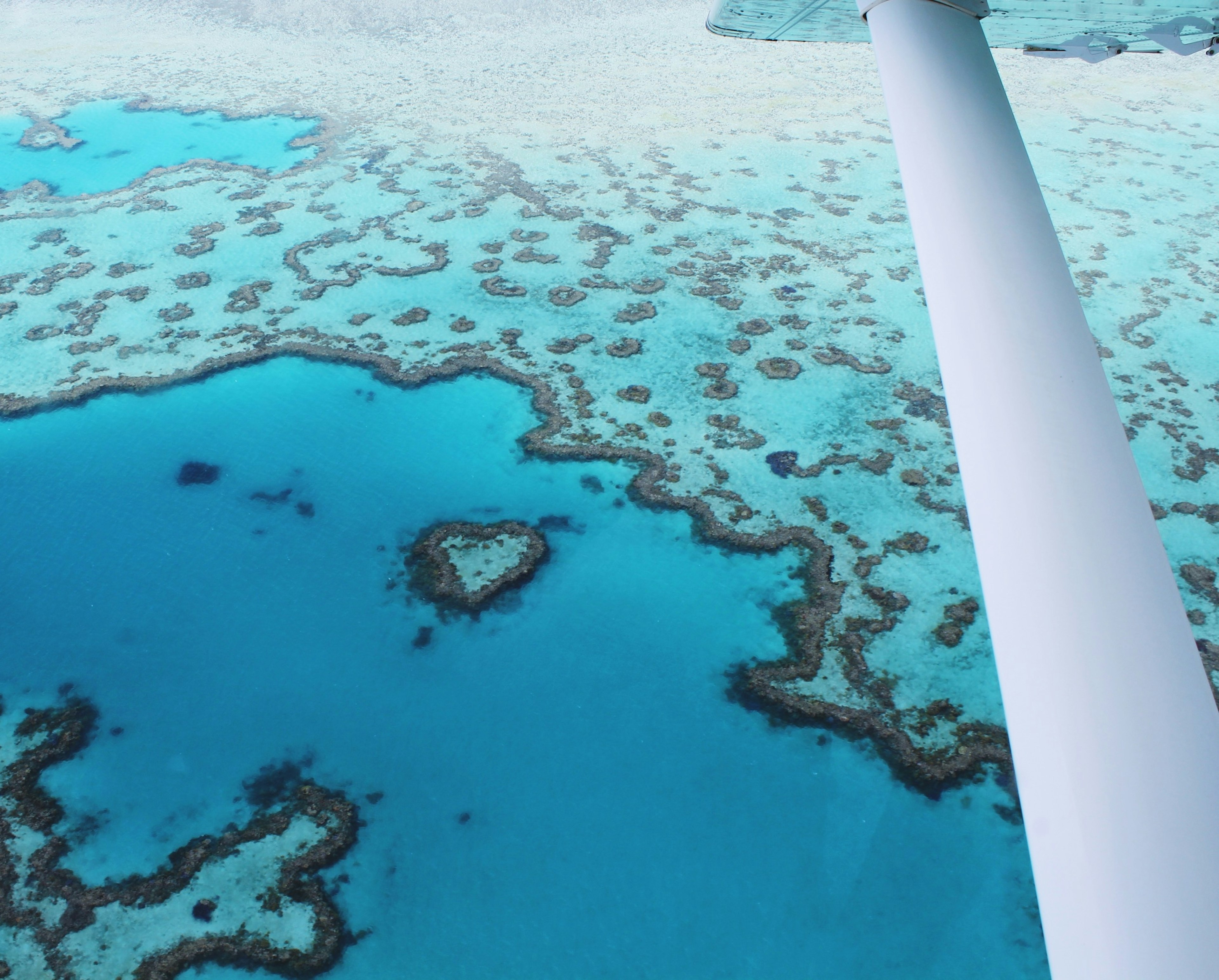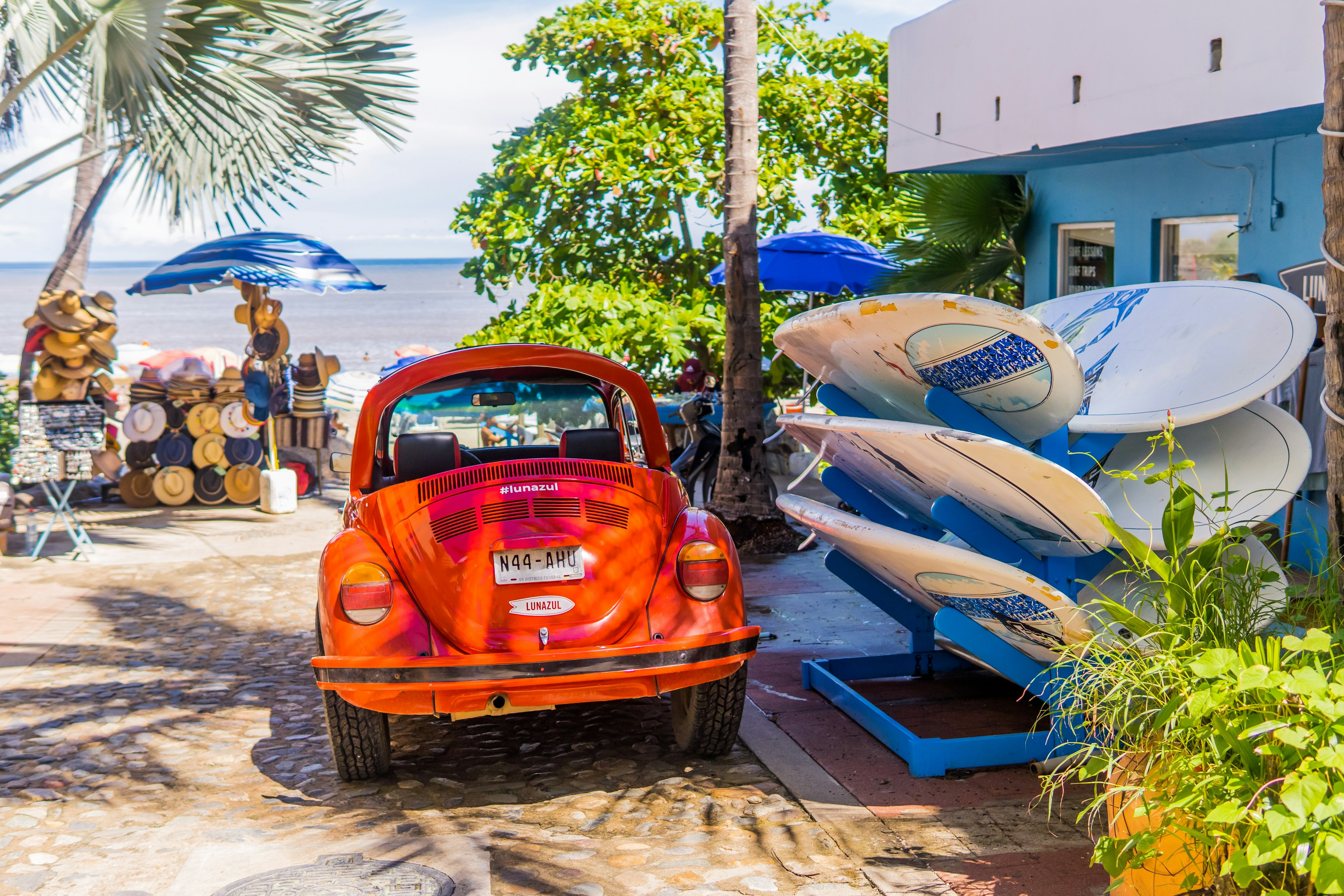From watching wildebeest and zebras gallop across Serengeti National Park to basking on Zanzibar’s beaches and climbing Mount Kilimanjaro, Tanzania is famous for big, bold and beautiful experiences. But with so much to see and do, it can take some planning to tick off all the items on your bucket list.
Some experiences are so memorable as to be almost obligatory. Seeing the Big Five – lions, leopards, elephants, rhinos and Cape buffaloes – on a safari through one of Tanzania’s national parks will stay with you for a lifetime. The five to nine-day climb to the summit of Kilimanjaro is another once-in-a-lifetime experience.
Then there are the beaches of Zanzibar and other Indian Ocean islands, and the rich history, striking architecture and superb cuisine on offer in cities such as Dar es Salaam. Meeting the people of this diverse nation is another highlight – Tanzania is home to some 120 ethnic groups, from the northern Hadza people, the Iraqw of the Great Rift Valley and the Pimbwe of western Tanzania to the Maasai of the Serengeti.
While you practice your greetings in Kiswahili – the language that unifies Tanzania’s varied peoples – here are our picks for the best places to visit in Tanzania.

1. Serengeti National Park
The Maasai people who have lived in northern Tanzania for thousands of years call the nation’s most famous national park Siringet, meaning “endless plains.” Indeed, anyone who visits the Serengeti will be struck by the flat terrain – stretching endlessly into the distance, punctuated occasionally by scattered hills, acacia trees and the silhouettes of wandering wildlife.
The plains host an intricate ecosystem that nurtures an astonishing variety of fauna and flora, including some 500 bird species and dozens of large mammal species. And yes, all of the Big Five can be spotted here. If you’re hoping for sightings of zebras, elephants, giraffes, black rhinos, wildebeest and apex predators, you’ve come to the right reserve.
Planning Tip: Each year, between May and September, over two million wildebeest, antelope and zebra make their way from the Ndutu region in south of the reserve to the Maasai Mara, across the border in Kenya. This thrilling spectacle is the largest terrestrial wildlife migration on the planet and shouldn’t be missed if you can time your trip to coincide.

2. Dar es Salaam
Dar – as it’s colloquially known – is Tanzania’s great economic hub. Everything begins here, which means you’ll probably pass through for at least a night on your visit to the country. Dar’s energy is fast-paced, and everyone is always on the move. Your first stop should be the colossal and bustling Kariakoo Market, where you can bargain for absolutely anything you might need, from crafts to household essentials.
Most visits to the capital involve plenty of walking, but stallholders sell sections of freshly cut sugarcane to help quench your thirst. At dawn, make your way to Kivukoni fish market to watch anglers hawking the day’s catch. As the heat builds in the afternoon, you can escape to a string of beaches just a short hop from the center.
The best sand is found on two uninhabited islands just off the coast, Mbudya and Bongoyo, both accessible by boat from Dar’s Kibo Beach. The islands are part of the Dar es Salaam Marine Reserve System, with a lively beach scene that attracts plenty of local residents.
Planning Tip: After dark, Dar comes alive with music, dancing and dining. Start a night out with a tasty supper at Samaki Samaki on Haile Selassie Rd or Karambezi Cafe on Toure Dr.

3. Arusha
While most visitors only spend a short time in Arusha before setting out on the northern safari circuit to Serengeti National Park and Ngorongoro, don’t be too quick to dismiss this scruffy but interesting town. Arusha has a pleasant climate and plenty of green spaces, and the Maasai Market is busy with tribal people. It’s a charming spot to while away a few hours and pick up some cool and original gifts to take home. To explore a little deeper, consider joining a coffee plantation tour, or take a hike to the Chemka Hot Springs, where you can bathe in warm waters in an emerald grove.
Planning Tip: A less crowded alternative to Kilimanjaro, often-overlooked Mt Meru towers over Arusha and it offers breathtaking vistas from the summit, with far fewer people along the trails. You’ll see plenty of wildlife on the 4-day hike, which passes through Arusha National Park.
4. Lushoto
Surrounded by the spectacular Usambara Mountains in the northeast of Tanzania, Lushoto is a small town with a regal history. This area was once the kingdom of King Mbegha, the “Lion King” of the Wasambaa people, whose successors ruled Tanzania until the arrival of German colonialists.
Wasambaa roots are still strong here, with descendants of the dynasty offering mountain hikes and visits to the plunging Kisasa waterfalls, plus community tours and stops in royal villages. A few hours from Lushoto, the rocky outcrop of Jiwe la Mungu (also known as God’s Stone) offers fabulous views of lush valleys that seem to fold into each other as if hiding lost secrets.
Planning Tip: There are no direct flights to Lushoto, but buses and flights run to Tanga, where you can arrange a taxi or private transfer to visit the town.

5. Tarangire National Park
Three hours’ drive from Arusha, Tarangire National Park is one of the best spots in the country to spot wild elephants. The south of the conservation area is home to large herds of pachyderms, which make their way inland to Lake Manyara and Tarangire as other water sources dry up. This migration pattern reveals an interesting element of Tanzania’s conservation approach – land corridors allow elephants and other animals to move undisturbed from park to park.
Tarangire National Park is also notable for its massive baobab trees, which have stood here for hundreds if not thousands of years. Leopards, baboons and other mammals make great use of the branches of these iconic, majestic trees.
6. Nyerere National Park
Set out from Dar es Salaam for the 5-hour drive to Nyerere National Park (formerly Selous National Park), Africa’s largest national park. Within its almost 31,000 sq km (11,970 sq miles) roam huge herds of animals, including the Big Five, and antelope species you’ll rarely find in other parks on the continent. Look out for the roan antelope, brindled gnu, Lichtenstein’s hartebeest and sable while you explore on safari.
Nyerere also has the world’s largest concentration of endangered African wild dogs, which hunt their prey in packs – a thrilling thing to encounter on a game drive. The picturesque Rufiji River flows into a series of oxbow lakes, creating dreamy landscapes for photographers, and twitchers can spend hours spotting birds among the trees.
Planning Tip: The road from Dar es Salaam is mostly smooth but you’ll need a 4WD for the bumpy final stretch; many visitors choose to take a one-hour charter flight to one of the airstrips inside the park to save time – another opportunity to take some standout photographs.

7. Lake Manyara National Park
Covering just 325 sq km (125 sq miles), Lake Manyara National Park nonetheless makes a mark. Inside this park, alongside buffaloes, hippos, cheetahs and giraffes, you’ll come across an odd sight – tree-climbing lions. Bird watchers can spot some 400 species, including the forest hornbill and great white pelican. On highly alkaline Lake Natron, thousands of lesser flamingos sift through the pink waters for food.
Planning Tip: Flights run to Lake Manyara National Park from Arusha and Serengeti National Park, but you can get here by road in a few hours from Arusha, continuing overland to the Ngorongoro Crater.

8. Zanzibar
The numerous beaches that dust the shores of the islands in the Zanzibar Archipelago are simply some of the most gorgeous in the world. Most travelers pause to enjoy the stunning sands of Nungwi Beach in the north of Unguja island (also known as Zanzibar Island). If crowds are not your thing, try Muyuni for dolphin spotting, Jambiani for kite surfing and parasailing, Paje for swimming, or Matemwe for diving and snorkeling.
Detour: North of Unguja, Pemba Island is characterized by thick forests and crystal-clear waters. While the weather can be iffy, Misali and Vumawimbi Beaches offer unique diving and snorkeling opportunities, and there are some idyllic places to stay, including the spectacular Manta Resort.
9. Gombe Stream National Park
Just shy of the shores of Lake Tanganyika, Gombe Stream National Park was made famous by Jane Goodall’s behavioral research on chimpanzees. Conducted over four decades, her studies are one of the longest research projects ever carried out on a single wild animal population. Within this 35 sq km (14 sq mile area of grassland, woodland and thick rainforest, you can spot red colobus monkeys, blue monkeys, olive baboons and red-tailed monkeys, as well as Gombe’s celebrity chimps.

10. Stone Town
For over a thousand years, Stone Town – the largest settlement in the Zanzibar archipelago – was a thriving entrepôt, drawing merchants from as far away as Persia, China and Europe, who came here to trade guns, textiles, minerals, spices and enslaved people. Today, this long history can be felt in Stone Town’s narrow cobbled streets, which are lined with Arab-style buildings and numerous mosques, testifying to the influence of Islam on the island.
Zanzibar’s slave history still casts a shadow. Before it was closed down in 1873, the brutal slave market in Stone Town (today marked by an Anglican Cathedral) was one of the largest centers in Africa for the trade in enslaved people, supplying forced labor for the Arabian peninsula and European-administered islands in the Indian Ocean.
Zanzibar’s intricate cuisine fuses elements from Africa, India, the Arabian Peninsula and France. Visiting the nightly market at Forodhani Gardens is one of the top things to do in Tanzania – it’s a great place to sample local foods flavored with the spices that are grown in the archipelago to this day.
Planning Tip: To get the best for your visit to Stone Town, hire a local guide to walk you through the town’s history, layer by layer.

11. Ngorongoro Conservation Area
Next door to Serengeti National Park, the UNESCO-designated Ngorongoro Conservation Area is a true natural treasure, of international importance to wildlife conservation. Millions of years ago, a series of volcanic eruptions created a mammoth crater that is now home to the largest concentration of large mammals in the world. During a single 4WD safari across the crater floor, it’s not uncommon to witness up to 30,000 animals, including lions, hyenas, zebras, wildebeest, Cape buffalo and big tuskers.
Planning Tip: The Tanzanian government, private hunting reserves and top-end safari companies have been accused of evicting tribal people from this region to facilitate tourism projects. Stick to ethically managed, locally owned operators when visiting Ngorongoro.
12. Mafia Island
Off the coast south of Dar es Salaam, and administered separately from the Zanzibar Archipelago, Mafia Island is easily overlooked – which may explain why so many people miss it. Visitors are few, but travelers who do visit describe the island as Tanzania’s best-kept secret.
This tropical island might even be more magical than Zanzibar – with even more powdery white sand and diamond-clear waters. It’s also home to the biggest fish in the world, the mighty whale shark. You might see these harmless giants lumbering through the waters off Utende, Juani, Kitoni or Bweni Beaches. At Ndagoni Beach, you can also spot hippos lazing about like they own the sand.

13. Lake Tanganyika
On the country’s western frontier, Lake Tanganyika is the world’s second-largest freshwater lake, and the second-deepest lake on the planet, supporting a vast local fishing industry across Tanzania and into Zambia, Burundi and the Democratic Republic of Congo. Board a dhow for a memorable ride across its lilting waters, as the sun sets gently over the horizon and calm breezes whisper along the lakeshore.
In the lakeside town of Kigoma, you can visit the fish market or go scuba diving to see the lake’s thriving fish population up close. We recommend checking into Lake Tanganyika Hotel, right on the shore, or escaping to Lupita Island, where an all-inclusive lodge is a luxurious base for snorkeling, hiking, kayaking, swimming and fishing excursions.


